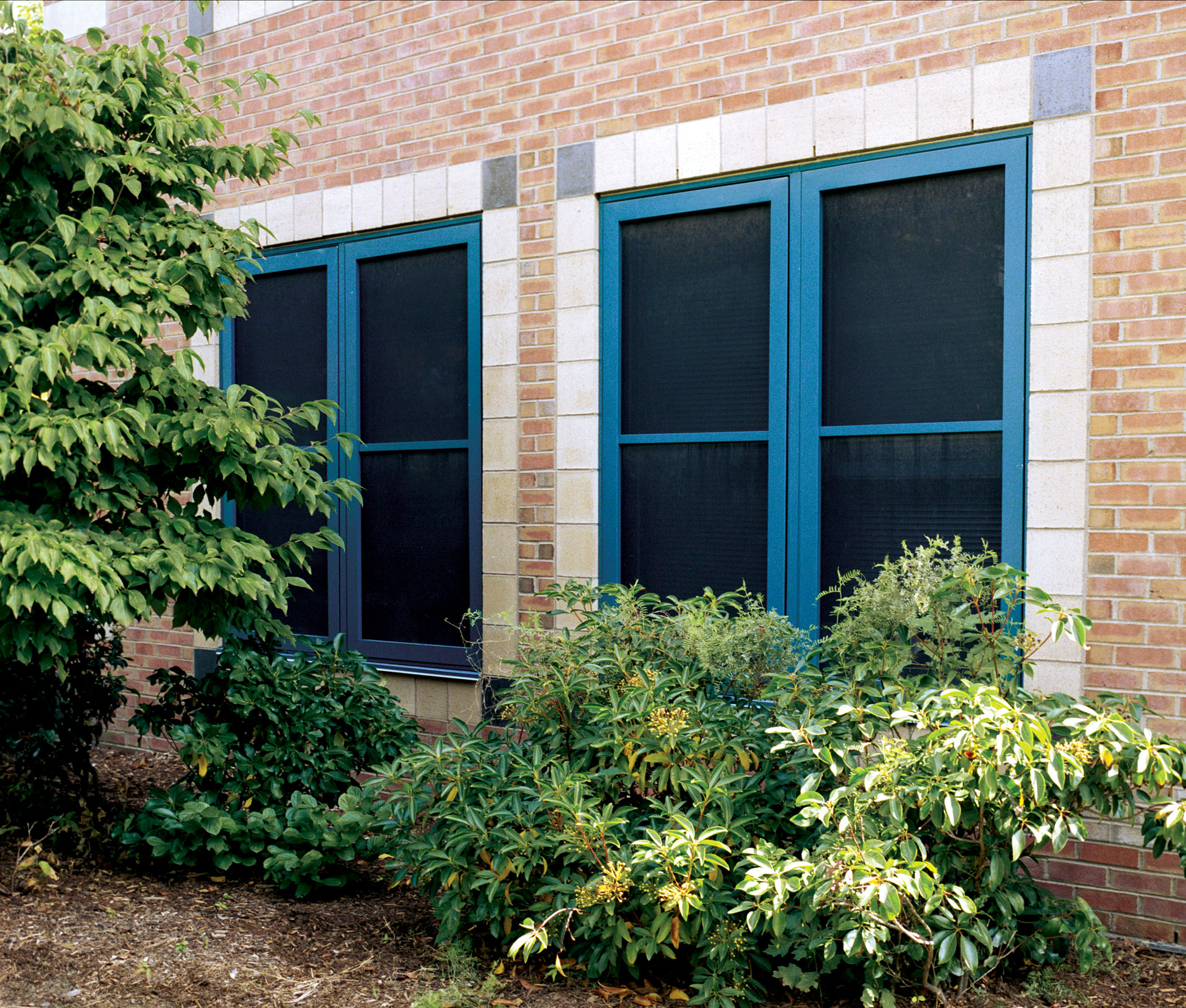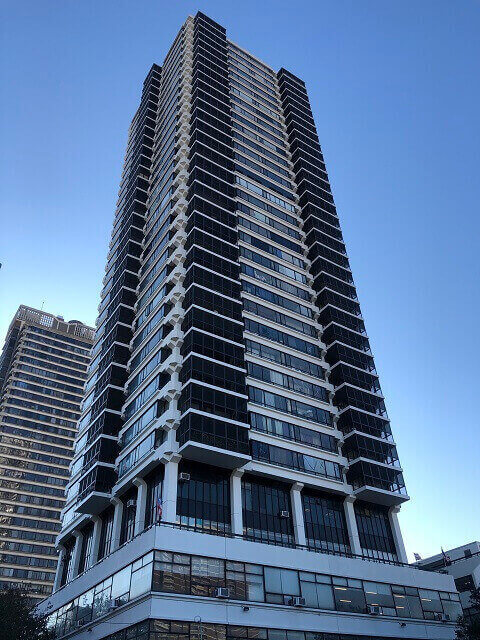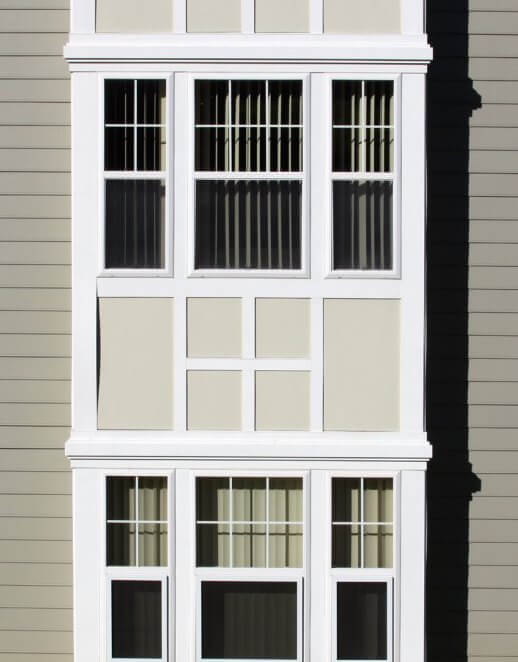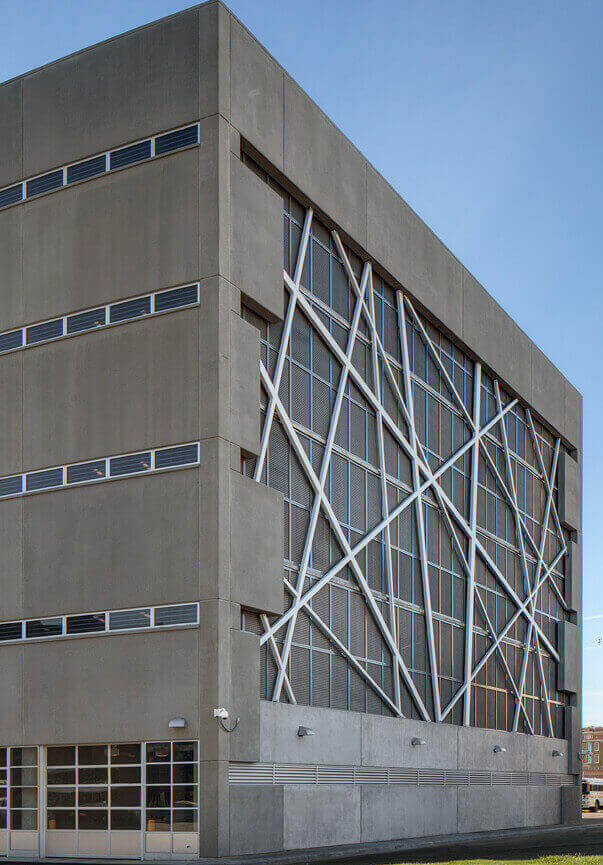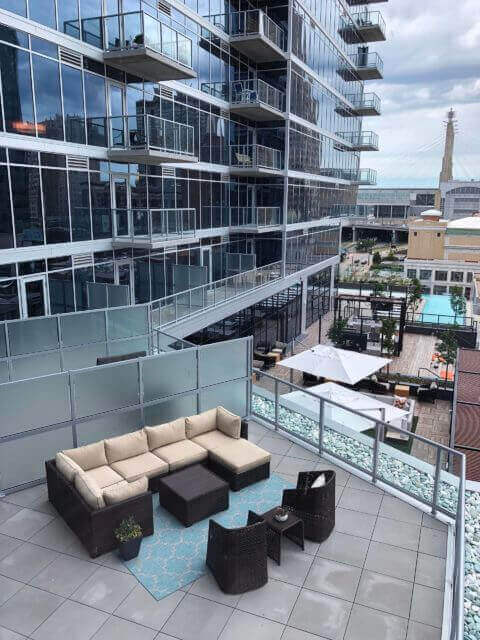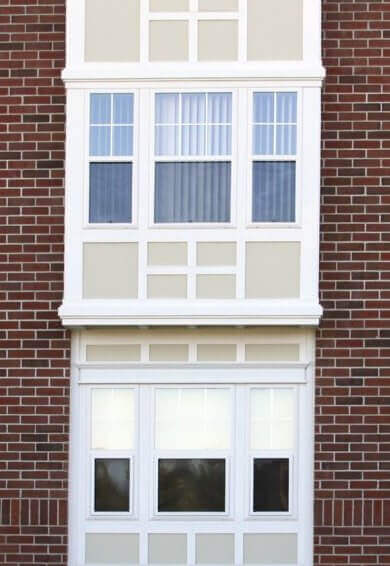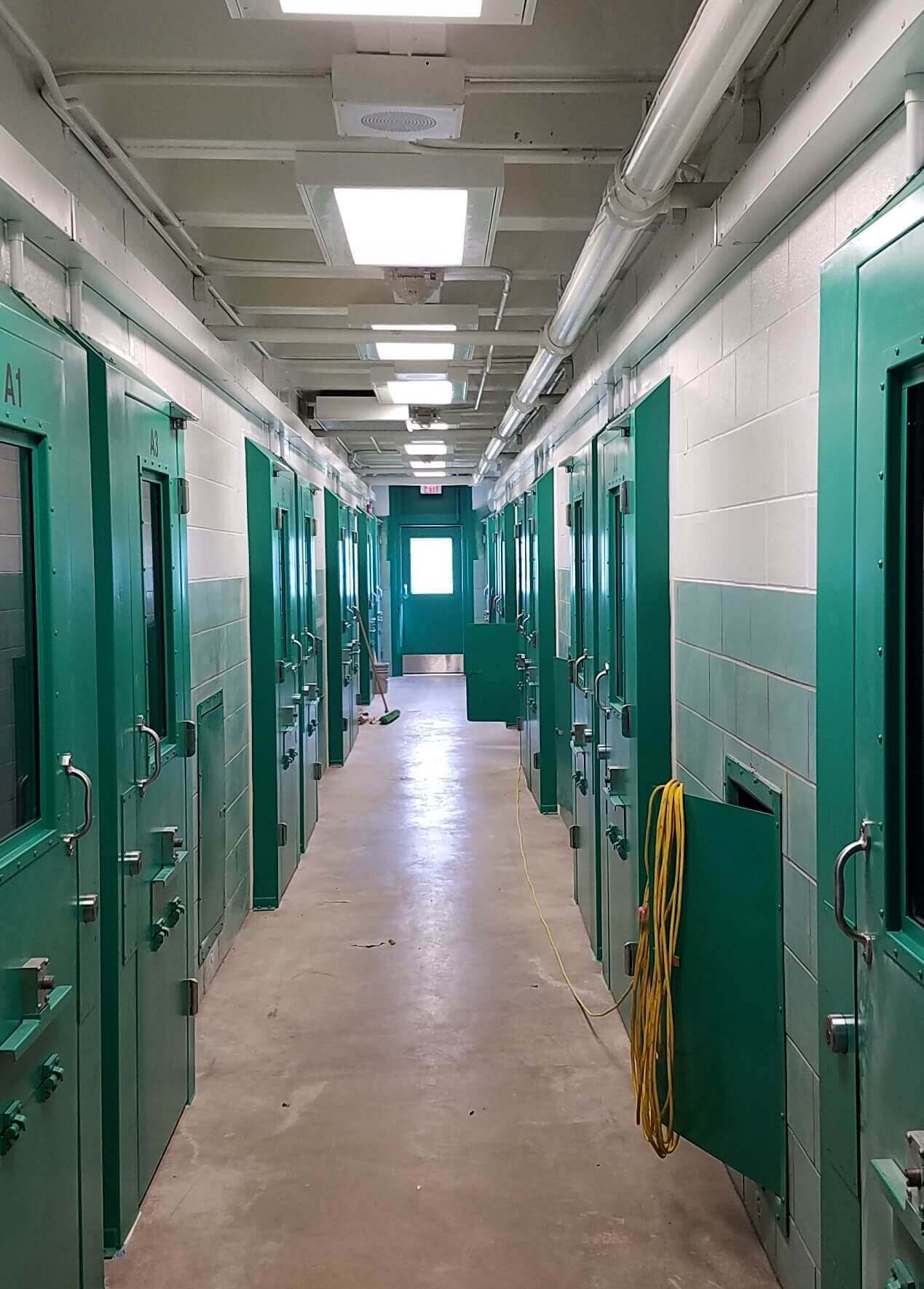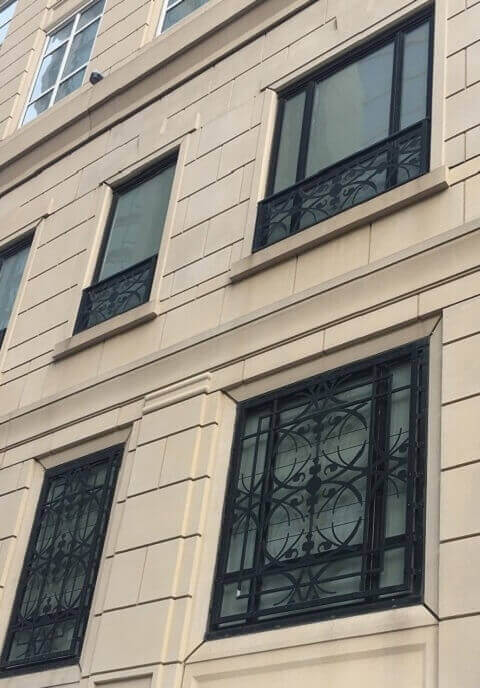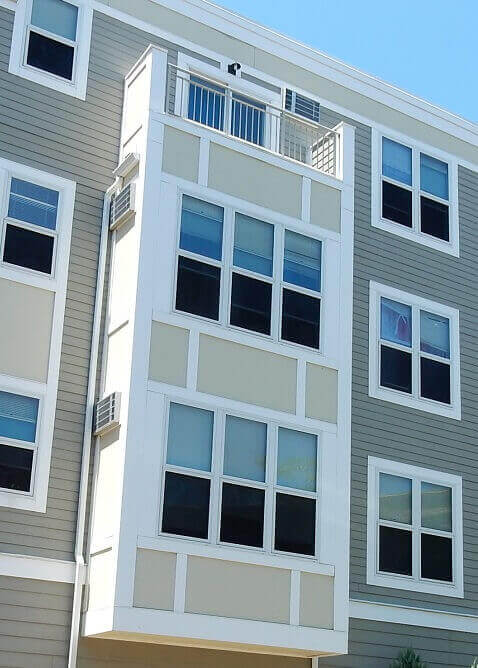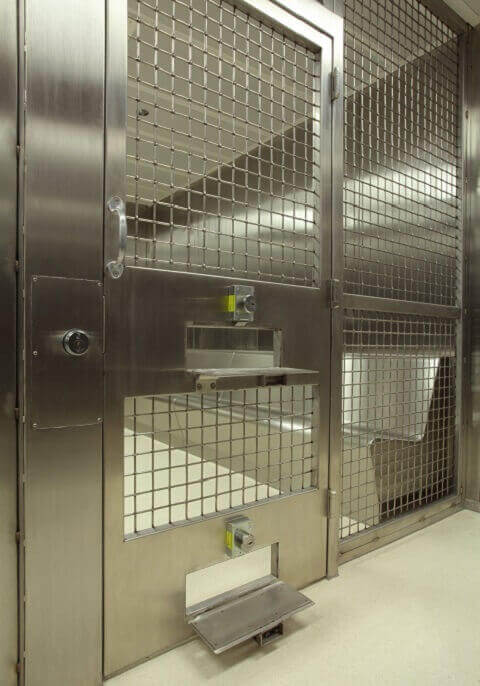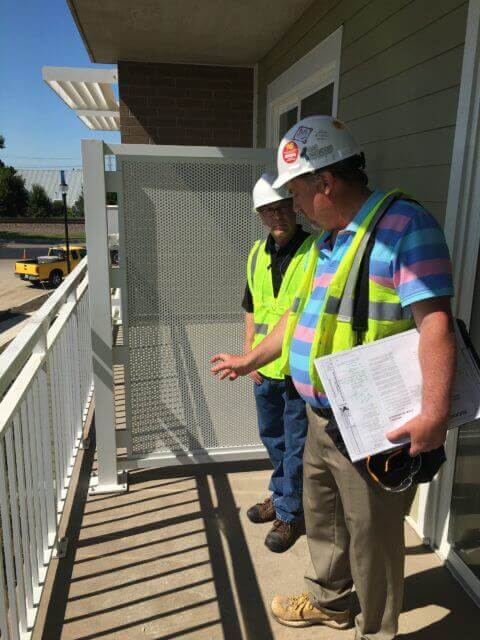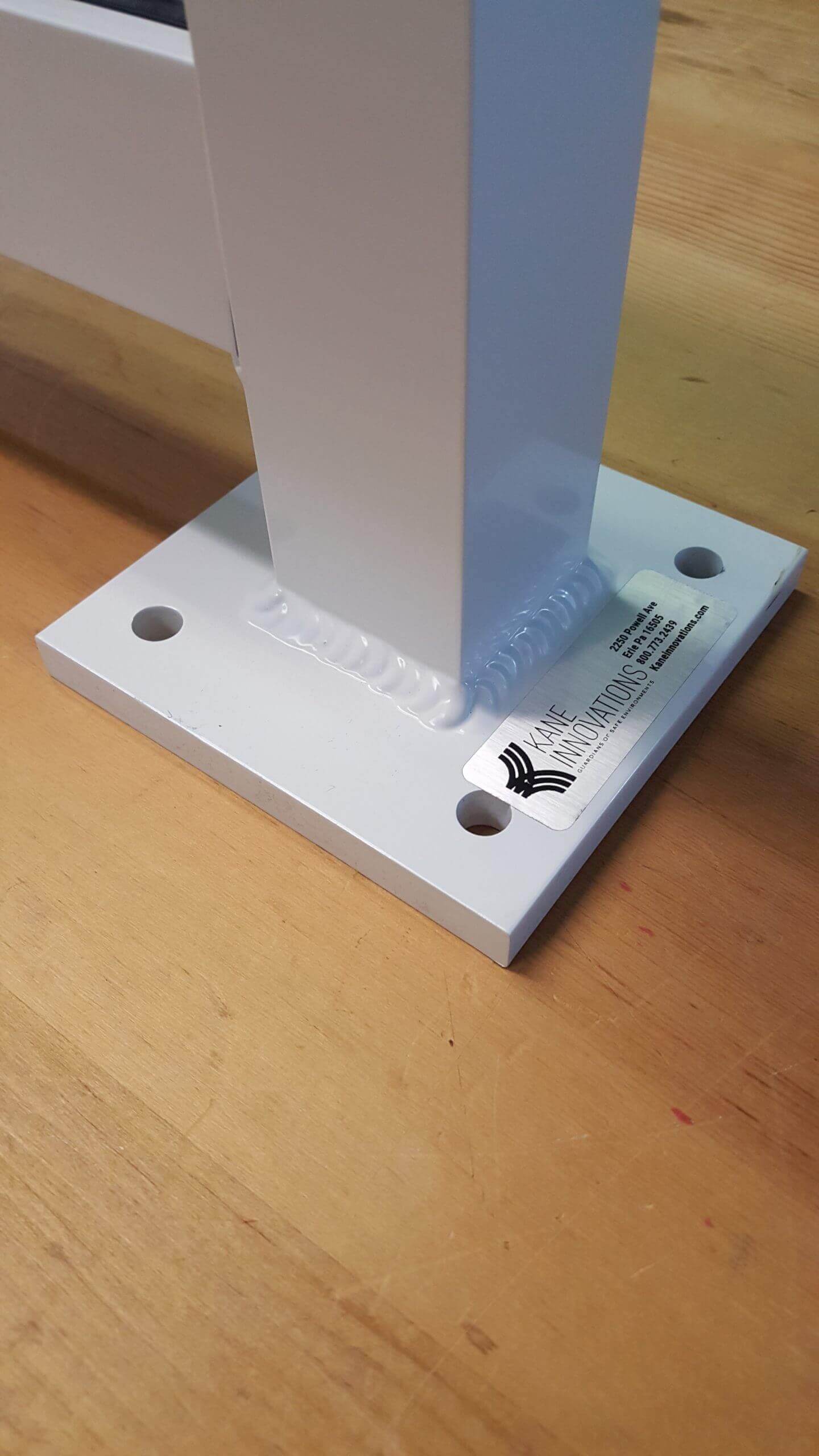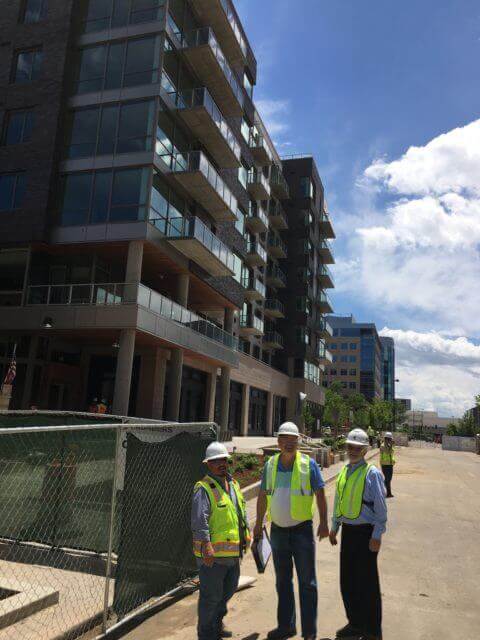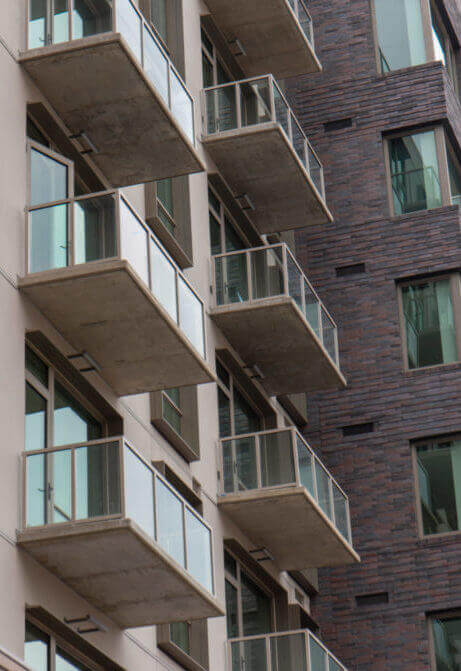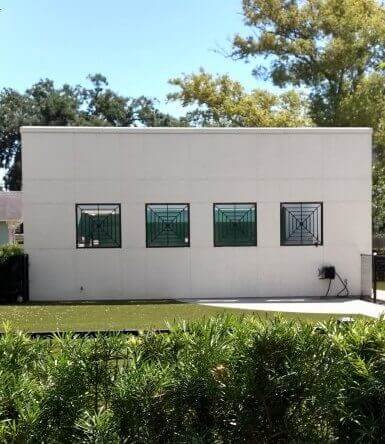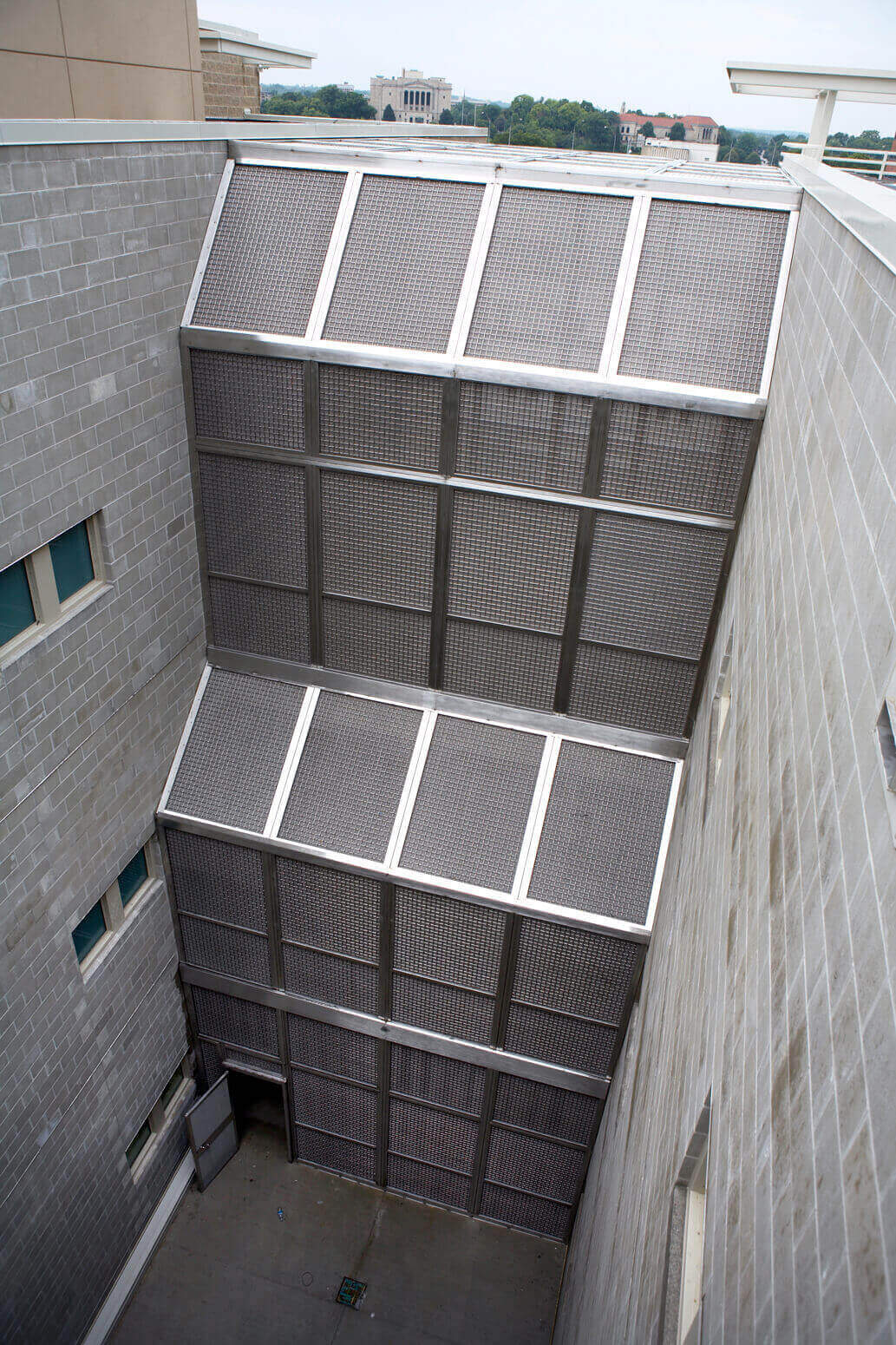With the prevalence of violent attacks on many of America’s primary and secondary school campuses, district officials must do everything in their power to ensure the safety of students.
Superintendents and security directors typically have a number of concerns when considering the purchase and installation of window security screens. Below is a list of responses to their most frequently asked questions:
1. What is a security screen?
A security screen is a system of aluminum or steel framing, infill (such as perforated plate or wire cloth) and a locking device that prohibits the entry of intruders by force. Security screens can be mounted on the interior or exterior of a window opening to provide optimal protection. These screens are available in several different levels and can be customized to fit any sized window.
2. Why do K-12 public schools choose security screens to protect their windows or glass entryways?
Purchasing any type of access control product as part of a comprehensive K-12 protection program is a vital practice, in general. However, as school officials know, windows and glass entryways are always the number one target for intruders and those with malicious intent. Security screens are selected for window protection when K-12 schools are concerned with safety, durability, aesthetics and cost.
3. But won’t my school look prison-like with security screens on the windows?
Not in the slightest, which is why K-12 public schools have been installing security screens on their facilities since the early 1960s. With painted black infill, the security screens blend flawlessly with the building façade, just as typical cloth window screens would.
4. What is the benefit of security screens over other products like 3M™ safety film, bullet-resistant glass or LEXAN™ polycarbonate resin?
Although many window protection options are acceptable, security screens are in an entirely separate class of window protection altogether, due to their multiple functions and benefits that extend beyond their intended purpose.
Here are some points to consider when weighing your options for window security:
• PRICE – Security screens are installed over the existing glazing, which makes the need to remove and replace the existing glass panes a non-issue. Many are surprised to learn that the cost to replace one standard glass window with bullet-resistant glass or polycarbonate resin, could cost the school district two to three times more in material and labor, versus the purchase and installation of one security screen.
• OPTION TO OPEN AND CLOSE– Operable security screens can swing to the side or from the top for easy cleaning. Plus, each operable screen features an emergency egress option in case of a fire.
• INSECT PROTECTION – Where central air conditioning isn’t available, security screens allow students and staff to let in the breeze, while still protecting the classroom.
• FALL PROTECTION – For classrooms located on the second story and above, security screens prevent students from inadvertently leaning against, pushing out, and falling through window openings.
• VANDALISM PROTECTION – Impulsive vandalism may occur at any time on school property, whether in the summer months, or during normal school hours. Vandals might throw rocks, bottles or other objects at the glass. Security screens operate as a glass “shield” from this type of destructive behavior, which drastically reduces window maintenance and replacement costs.
• SOLAR SHADING – Security screens for windows are even more valuable when the sun is the strongest. Security screens reduce the building’s Solar Heat Gain Coefficient (SHGC) to a significant degree, thereby saving on energy costs and regulating classroom temperature(s).
All of this, PLUS…
• ACCESS CONTROL – Keeping intruders away and students safe from harm is the number one goal of every K-12 school. The access control feature of security screens is, by far, the most important role the products play in a comprehensive school security plan. Although higher-level screens are recommended to prevent unauthorized access through windows, several levels of protection are available to meet each school’s individual security needs.
It’s no secret – there are many ways to protect entry points on or around K-12 public schools. There are some methods that cost an exorbitant amount of money and only serve one function, and then there are security screens – which solve at least six K-12 window security concerns – all while standing strong to guard against intruders.
When it comes down to balancing the school budget and ensuring student safety, remember to choose carefully. The low cost of security screens, coupled with their high level of protection, could be a bone fide life-saver, in more ways than one.
For more information on how security screens can protect the windows on your K-12 public school facility, contact someone today.


